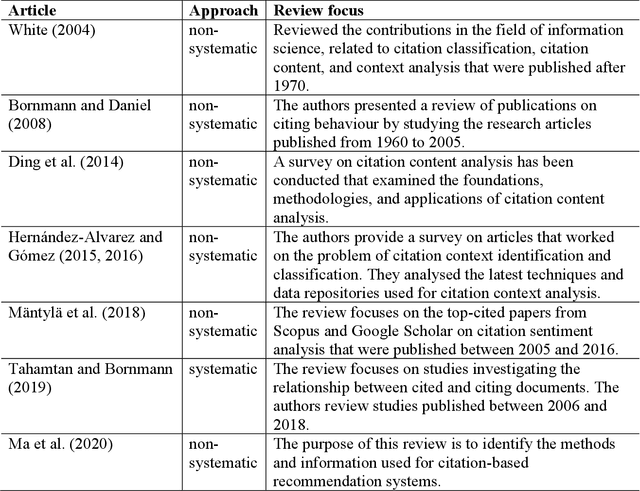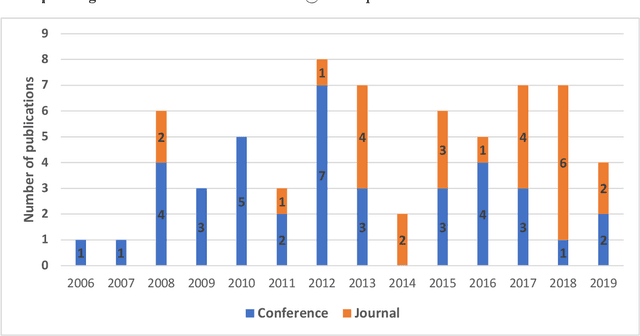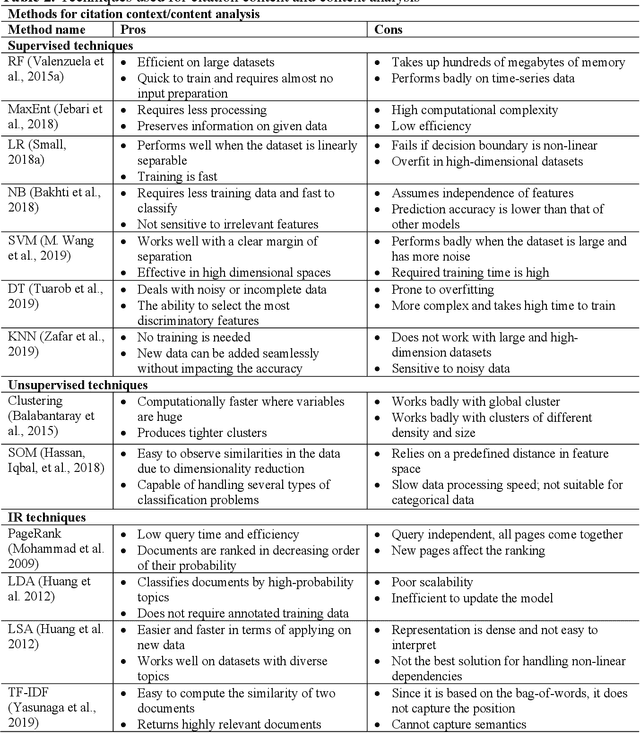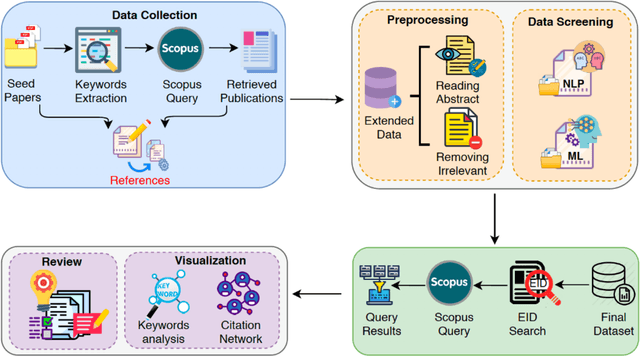Salem Alelyani
Fused Deep Neural Network based Transfer Learning in Occluded Face Classification and Person re-Identification
May 15, 2022



Abstract:Recent period of pandemic has brought person identification even with occluded face image a great importance with increased number of mask usage. This paper aims to recognize the occlusion of one of four types in face images. Various transfer learning methods were tested, and the results show that MobileNet V2 with Gated Recurrent Unit(GRU) performs better than any other Transfer Learning methods, with a perfect accuracy of 99% in classification of images as with or without occlusion and if with occlusion, then the type of occlusion. In parallel, identifying the Region of interest from the device captured image is done. This extracted Region of interest is utilised in face identification. Such a face identification process is done using the ResNet model with its Caffe implementation. To reduce the execution time, after the face occlusion type was recognized the person was searched to confirm their face image in the registered database. The face label of the person obtained from both simultaneous processes was verified for their matching score. If the matching score was above 90, the recognized label of the person was logged into a file with their name, type of mask, date, and time of recognition. MobileNetV2 is a lightweight framework which can also be used in embedded or IoT devices to perform real time detection and identification in suspicious areas of investigations using CCTV footages. When MobileNetV2 was combined with GRU, a reliable accuracy was obtained. The data provided in the paper belong to two categories, being either collected from Google Images for occlusion classification, face recognition, and facial landmarks, or collected in fieldwork. The motive behind this research is to identify and log person details which could serve surveillance activities in society-based e-governance.
Early Prediction and Diagnosis of Retinoblastoma Using Deep Learning Techniques
Mar 13, 2021



Abstract:Retinoblastoma is the most prominent childhood primary intraocular malignancy that impacts the vision of children and adults worldwide. In contrasting and comparing with adults it is uveal melanoma. It is an aggressive tumor that can fill and destroy the eye and the surrounding structures. Therefore early detection of retinoblastoma in childhood is the key. The major impact of the research is to identify the tumor cells in the retina. Also is to find out the stages of the tumor and its corresponding group. The proposed systems assist the ophthalmologists for accurate prediction and diagnosis of retinoblastoma cancer disease at the earliest. The contribution of the proposed approach is to save the life of infants and the grown-up children from vision impairment. The proposed methodology consists of three phases namely, preprocessing, segmentation, and classification. Initially, the fundus images are preprocessed using the Liner Predictive Decision based Median Filter (LPDMF). It removes the noise introduced in the image due to illumination while capturing or scanning the eye of the patients. The preprocessed images are segmented using the Convolutional Neural Network (CNN) to distinguish the foreground tumor cells from the background.
A Decade of In-text Citation Analysis based on Natural Language Processing and Machine Learning Techniques: An overview of empirical studies
Aug 29, 2020



Abstract:Citation analysis is one of the most frequently used methods in research evaluation. We are seeing significant growth in citation analysis through bibliometric metadata, primarily due to the availability of citation databases such as the Web of Science, Scopus, Google Scholar, Microsoft Academic, and Dimensions. Due to better access to full-text publication corpora in recent years, information scientists have gone far beyond traditional bibliometrics by tapping into advancements in full-text data processing techniques to measure the impact of scientific publications in contextual terms. This has led to technical developments in citation context and content analysis, citation classifications, citation sentiment analysis, citation summarisation, and citation-based recommendation. This article aims to narratively review the studies on these developments. Its primary focus is on publications that have used natural language processing and machine learning techniques to analyse citations.
 Add to Chrome
Add to Chrome Add to Firefox
Add to Firefox Add to Edge
Add to Edge